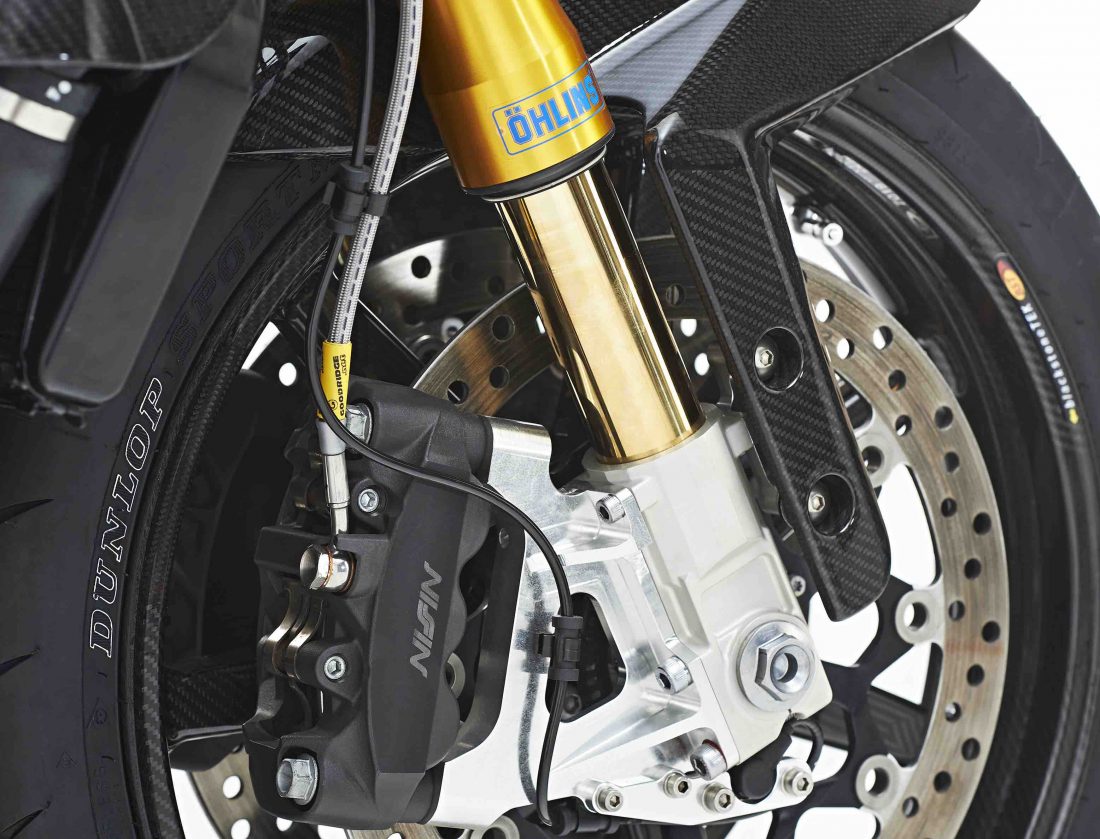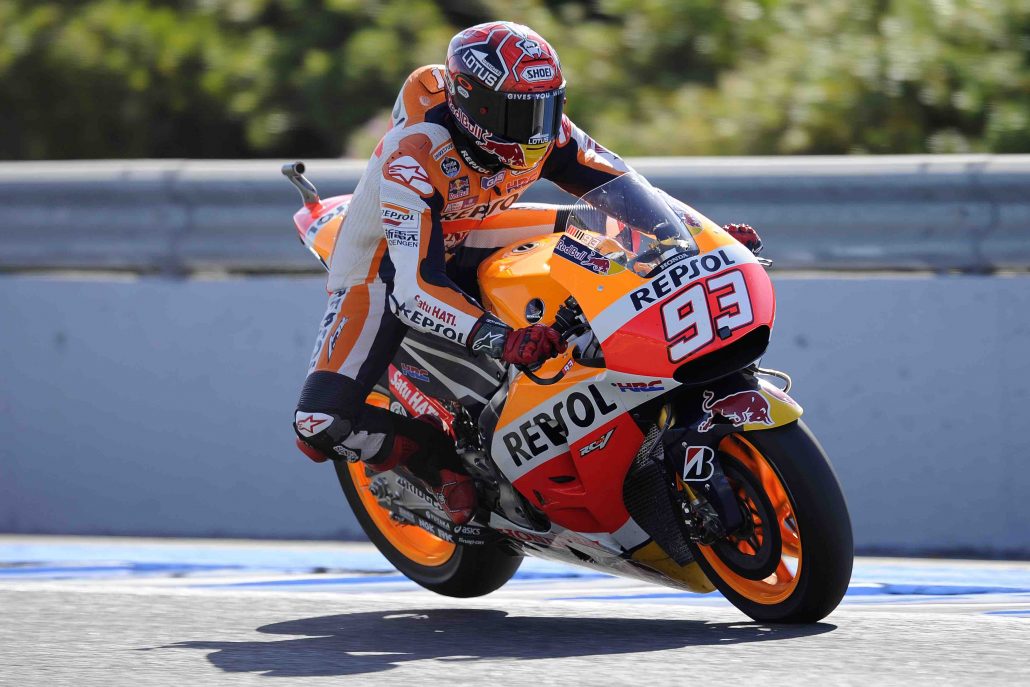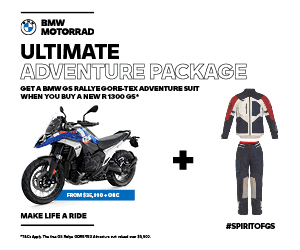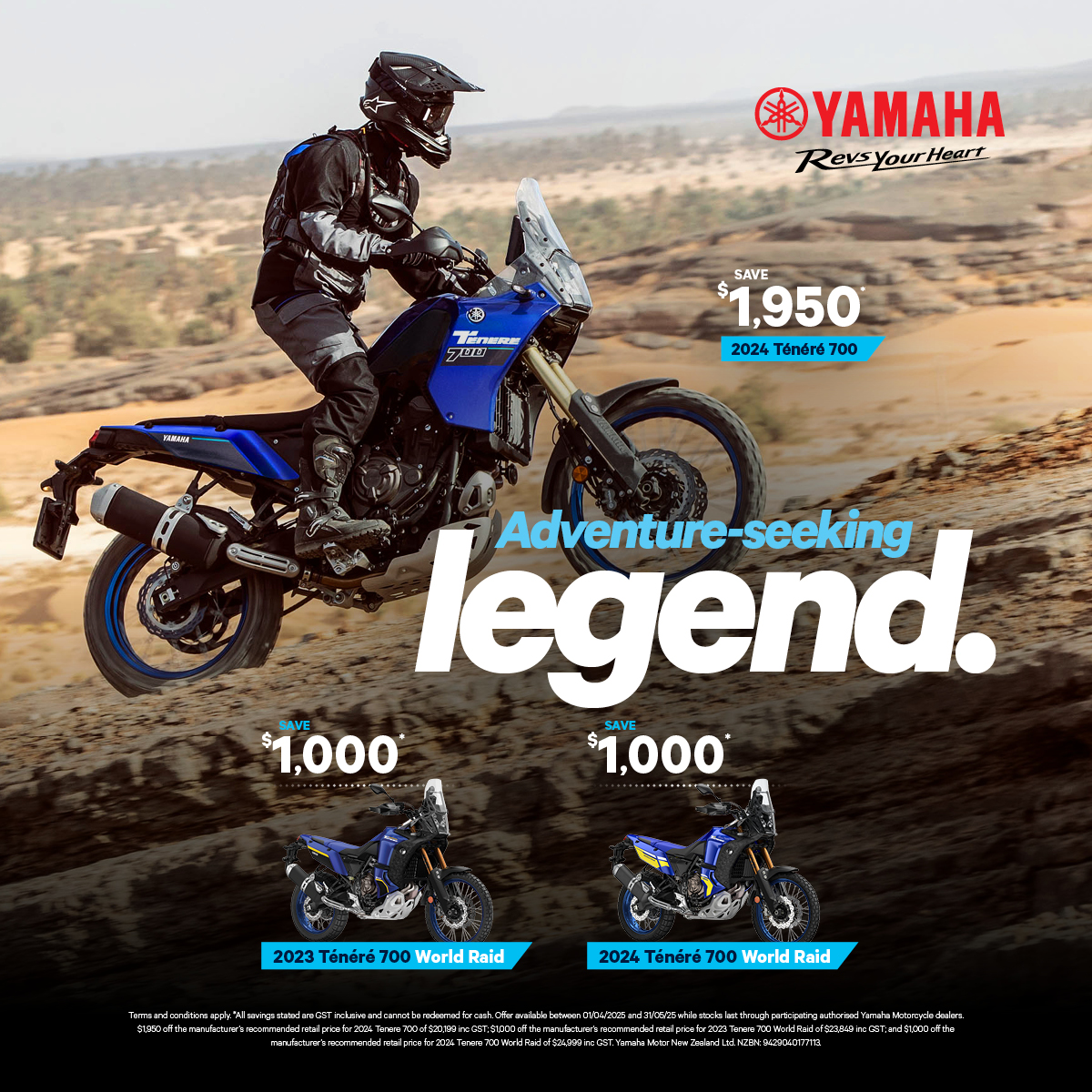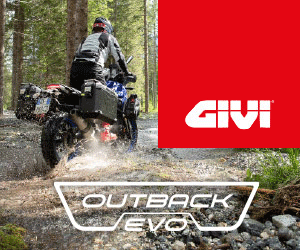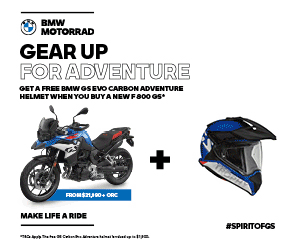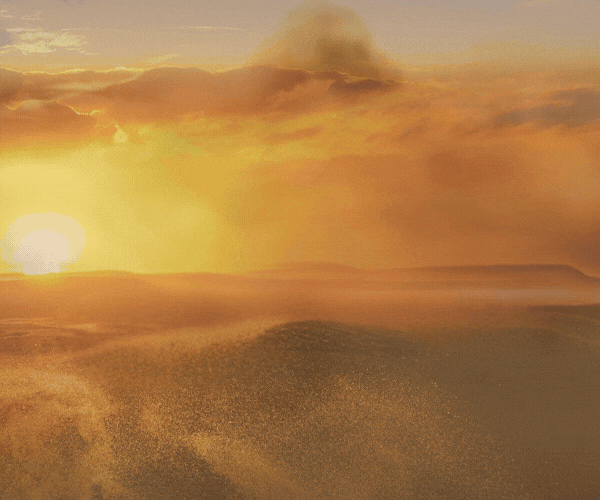When did you last do some brake maintenance?
You know the output of your bike, you’ve chosen an appropriate set of tyres based on sound research, but what about your brakes? Do you know which compound is best for you and your bike – and what DOT 4 and DOT 5 mean to you when you are topping up or replacing your brake fluid?
Firstly, don’t mix DOT 3,4 or 5.1 with DOT 5. That means flushing if you decide to swap from one to the other for any reason. And yes, 5.1 is different to 5. Different combinations of chemicals mean they don’t mix. DOT 5 is high silicone content (70%) but 5.1 is glycol based, like DOT 3 and 4… At a pinch, 3,4 and 5.1 can mix but then you won’t know the boiling point of the fluid in your brakes and some disc/pad combinations create more heat than others, as well as different riding conditions. Basically, the DOT numbers indicate the minimum boiling point; hence the racy folk flock to the higher numbers. Ask at your motorcycle store if in doubt.
Brake pads, the all too often neglected things that actually interface between the request from the lever and the physics exerted by the rotation of the wheel. Sticking with the manufacturers’ recommendations means you won’t go wrong but you can set your brakes up to suit with certified alternatives should you choose. Unfortunately, too many people are trusting ‘Mr Web’, as in someone you’ll never meet on the internet. There are lots of badly manufactured cheap knockoffs available if you want to stake your life on cut-price no-brand alternatives. Mr Darwin’s theory suggests there is some benefit in this evolutionary theory, as brake failure is likely to remove offenders from the gene pool. Just don’t.
Different compounds behave quite differently when you squeeze the lever, so options are available to suit. Race guys use really aggressive pads (on dry tracks – they’ll usually swap them out for wet races) that require lots of heat to work well, so those pads are not what a touring rider needs. Much like tyres, brake pads come in a variety of options that overlap, so sport riders will often run similar pads to trackday fans but not the track-only (read not legal for highway use) ones that the superbike riders race with. Heading towards the tourer or cruiser rider, you are more likely to use the rear brake regularly, so will require more rear braking power than a racer, as their rear tyres are usually unweighted completely under brakes. You’ll also need pads that will work when cold, as in at the end of a long stint without hard braking. Most race pads are crap when cold, much like the tyres used.
ABS is another factor to take into account, as you might feel comfortable with slightly more aggressive pads if you have ABS to help avoid accidental lockup under emergency braking, although it is always recommended that you don’t rely on ABS (apart from race-type ABS on closed tracks). If you feel your pads are too gentle and require more stopping power, changing compounds is an option.
If you are experiencing brake-fade, just changing pads may not be the answer. It might be time to visit your local expert (a proper one, not a know-it-all mate) and run through fluid and pad combinations or even look at upgrading your brake lines. It might also be a sticking piston in your caliper, overworking one side and resulting in fade – maybe it’s time to refurbish your calipers with new seals etc. Remember, as your pads wear down, the pistons need to push further out, requiring more fluid to be present in the caliper, as in where the heat is, so heat related fade is more common when pads are worn down. Like most things that rely on intense pressure, brake lines wear out as well. Braided lines help avoid that spongy lever as they don’t swell as much as more basic options, so if you are looking at new lines, you won’t find many people who regret heading for braided brake lines with their improved feel. They also look very trick.
Naturally, if ultimate performance is your goal, you can spend the money and go for your life – you might just overheat the credit card instead though as top-shelf brakes don’t come cheap.
With your brakes stopping you perfectly, make it part of your pre-ride ritual to glance at the pads to check for wear.

